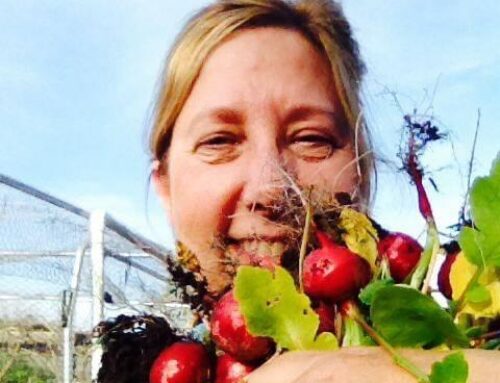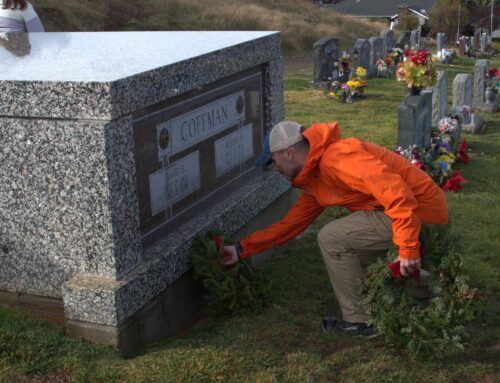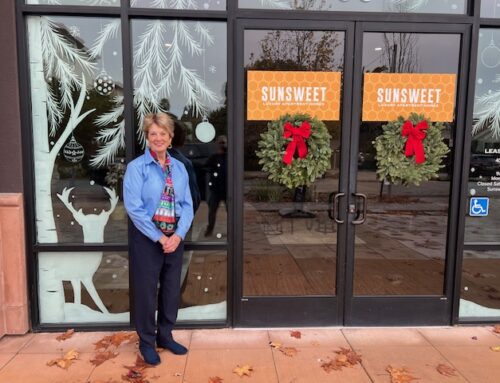Published in the May 25 – June 7, 2016 issue of Morgan Hill Life
By Cindy Adams
With the approaching summer, people will enjoy a little more free time to travel, whether that be to faraway places or right in their own backyard. Wine tasting is often a popular activity, either for a whole vacation or just an afternoon. There are now wineries in all 50 states, and the majority of them have tasting rooms on-site. So there’s no excuse not to stop by and taste local wines wherever you are.
Tasting rooms have been around for a long time, but not always in the form that we know them now. To this day, you can be in a wine area of France, Germany or many old world countries and pass a very small vineyard/winery. If the sign is a certain color, then people are there to pour wine for you and you can go in — there are no set hours. The winemaker is likely to pour the wine for you, and chances are it will be a full glass to sip while you chat about the vino.
There is also likely to be only one or two wines on the “menu.” This is how tasting rooms started and how some smaller ones remain in many countries.
It’s hard to believe, but even Napa and Sonoma used to have similar style tasting rooms, some as recently as the early 1980s. Many “tasting rooms” then were just small shacks with no tasting fees, no merchandise, where a member of the family or a winery worker would come over when they saw a car pull up — a far cry from the “mega” tasting rooms of today! Here at Guglielmo Winery, we had a doorbell-type button outside of our tasting room door that said “Please Ring Bell for Service.” When that bell was rung, someone would come over from the office or the winery area to pour and sell wine. That button and sign, by the way, are still to the right of our tasting room door.
The 1976 “Judgment of Paris” was a wine competition in which French judges carried out two blind tasting comparisons that saw a California wine rated best in each category. It caused shock in the wine industry as France was generally regarded as being the foremost producer of the world’s best wines. It helped make Napa the most popular wine destination in the country.
After that, tasting rooms became extremely popular — which was both good and bad. While this European competition completely opened up the wine world to Americans, it also introduced the culture of a “free bar.”
Tasting fees were not yet in effect, and many wines were poured at each winery, which created problems.
It was Robert Mondavi who first introduced the idea of charging a nominal fee to taste his wine. Of course, people were outraged at first, but the winery owners understood that this would help people recognize that the purpose of a tasting room is to experience different wines, usually right where they’re produced. Today, tasting fees can be anywhere from $5 to $50, and tasting rooms vary from rustic settings to large facilities which include event centers, restaurants, large merchandise areas, picnic grounds — the works.
So, whether it is your first time in a tasting room, or you’re wine aficionados, there are some guidelines you should know.
You want your palate to be in “top shape” to be able to taste the wines properly, so try not to brush your teeth, chew gum or drink coffee about an hour prior to tasting.
Every tasting room will present you with a list of wines that are on that day’s flight, and they are generally listed whites to reds, lightest to heaviest and driest to sweetest, so take a look and familiarize yourself with the list.
A tasting is a one ounce pour, which gives you enough to smell and taste. This amount is what wineries are licensed to pour, so please don’t ask for a larger amount.
If the tasting room is busy, which often happens, especially on weekends, please be patient and trust that the staff is doing their best to make sure everyone has an enjoyable experience. Also, if there is limited bar space, please back up after you receive your wine to let other folks in. If you don’t care for a wine or don’t want to finish it for any reason, quietly pour it in one of the dump buckets that will be placed along the tasting bar. The staff is never offended when you do this.
Your tasting room staff is there because they enjoy talking to folks about wine, so please make use of their knowledge and don’t hesitate to ask questions. Many wineries have a “21 and over” policy so, if you plan on bringing children, please check this out ahead of time. Since tasting rooms are places focused on alcoholic beverages, they are not generally geared for children. If you are taking them along, consider bringing a quiet activity to keep them occupied – kids get pretty bored watching their parents drink wine.
One final guideline: please be respectful of the tasting room’s operating hours, both opening and closing. While we hate to break up a good party at 5 p.m., the staff is ready to clean up, have their own glass of wine, and go home to their families and friends at the end of the day.
Tasting rooms are great places to try and purchase wines, learn about wine and even make new friends. Our Santa Clara Valley wineries hope that your summer includes lots of visits to our tasting rooms — we look forward to seeing you.
Cindy Adams, CS, CSW, is the director of retail operations at Guglielmo Winery.







